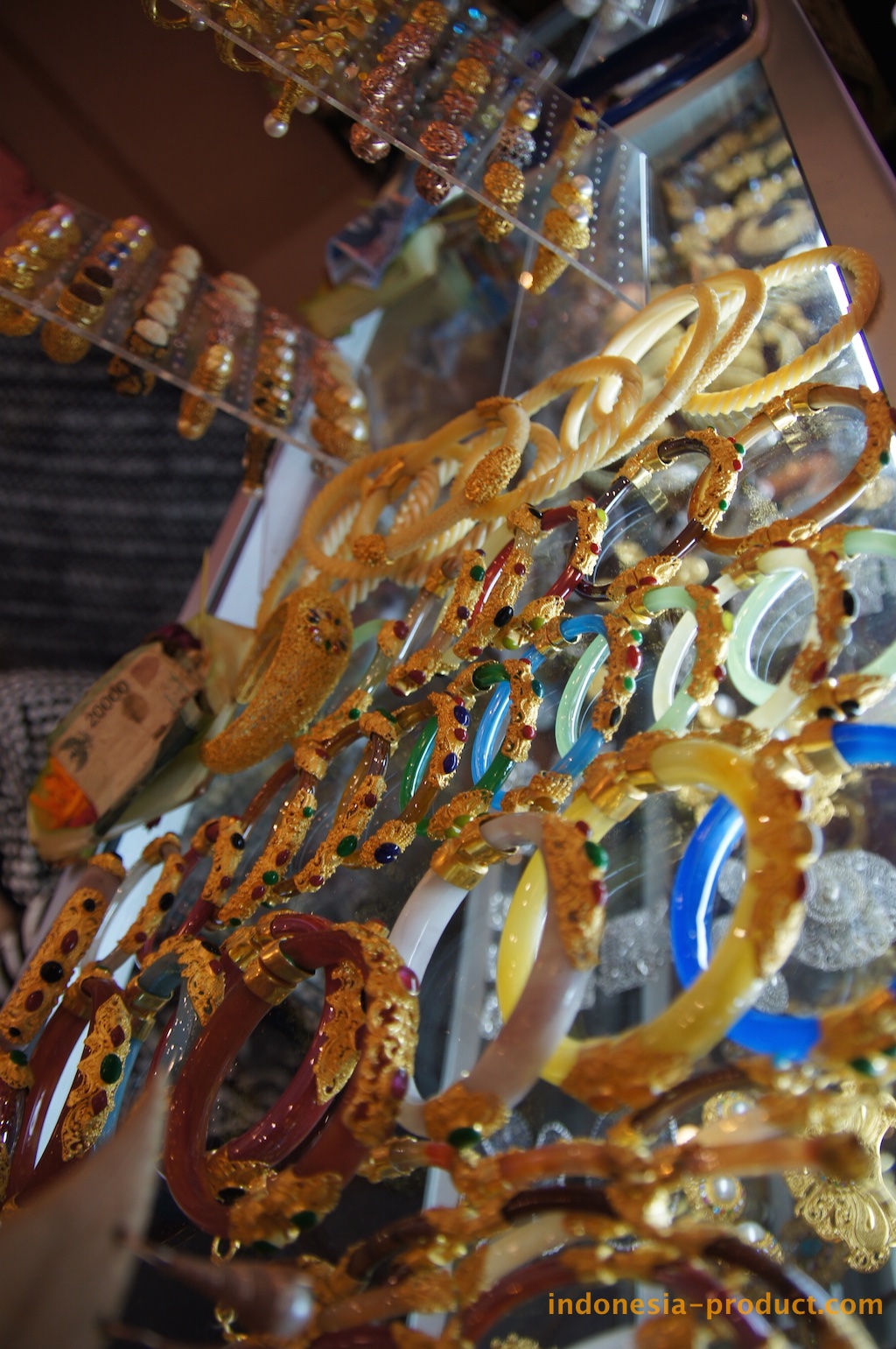China Gold Jewelry Demand Surges, Races Ahead of U.S. (Update3)
Bloomberg
Dec. 4 (Bloomberg) — China’s demand for gold jewelry may increase by about 20 percent this year as rising personal incomes help it to race ahead of the U.S. as the world’s second- biggest market, researcher GFMS Ltd. said.
Gold use in jewelry in China jumped 24 percent from a year earlier to 221 metric tons in the first nine months, GFMS analyst Veronica Han said by phone from Beijing yesterday, citing data compiled for the World Gold Council. That compares with 515 tons in India, the biggest consumer, and 165 tons in the U.S.
Increased jewelry purchases by consumers in China and India, the world’s fastest-growing major economies, may help to support the price of gold, which reached a 27-year high of $845.84 an ounce on Nov. 7 and is headed for its seventh annual gain.
“More economic development in China and a relatively higher savings ratio than that of India should in the long-term drive gold demand in China,” Stephan Schlatter, executive director for metals markets in Asia at UBS AG, said.
A stock market and property boom helped to boost disposable incomes among urban households in China by 13.2 percent in the first nine months of this year when adjusted for inflation. Retail sales rose by 18.1 percent in October from a year earlier, the fastest in eight years, the statistics bureau said Nov. 14.
“China is poised to become the world’s second largest jewelry market for gold this year, overtaking the United States and coming in No. 2 behind India,” Philip Klapwijk, executive chairman of GFMS, said by phone from Parati, Brazil. “I would expect it to grow further” in 2008, he added.
“Perfect Environment”
“We expect gold use in China this year to greatly exceed last year’s level, with rising standards of living and some policy changes to encourage gold holdings by the public,” Hou Huimin, vice president of the China Gold Association, said in an interview in early November. Hou didn’t give details.
Even “with less aggressive growth in the fourth quarter,” Chinese sales of gold are expected to increase by about 20 percent in 2007, GFMS’s Han said. The GFMS estimate of gold use in jewelry excludes supply from scrap.
China has boosted minimum wages, expanded welfare payments and reduced interest-income tax to fatten the wallets of the country’s 1.3 billion consumers, who have a growing taste for luxury items such as cars and jewelry.
“Upgrading of the retail environment and greater product varieties” helped gold demand, Klapwijk said. “The Year of the Pig also helped.” This year’s lunar New Year, the Year of the Golden Pig, is deemed auspicious for gold purchases.
“Almost everything has gone right for gold jewelry demand to pick up,” said Klapwijk. “You had a perfect environment.”
Slower Quarter
Chinese buyers have not been deterred by a 24 percent gain in gold prices this year as a slumping dollar and surging oil prices fueled demand for an alternative investment and hedge against inflation. Bullion for immediate delivery traded at $791.04 an ounce at 1:51 p.m. in Singapore today.
Higher prices have boosted shares of producers such as Barrick Gold Corp., Newmont Mining Corp. and Newcrest Mining Ltd.
“Our long-term view is positive on Chinese demand,” Klapwijk said. Still, growth of gold use in jewelry in the fourth quarter may slow, and the pace may also slacken next year if monetary policies aimed at curbing inflation reduce the rate of economic expansion, he said.
China’s economic growth may cool to 10.8 percent in 2008 from an estimated 11.4 percent this year as investment and export growth slows, economists from the State Information Center said.
China may continue to face inflationary pressure next year, and the central bank should raise key interest rates, according to a report published yesterday, which forecast inflation at 4.5 percent for 2008 from 4.7 percent this year.
Stock Market
A slowdown in major trading partners will have some impact on China, Klapwijk said. “Relying on the stock market to create a positive wealth effect and therefore pushing consumer spending still higher next year” might not last, he said.
China’s benchmark CSI 300 Index, which tracks yuan- denominated shares on China’s two exchanges, has more than doubled this year as the country’s households invest more of their $2.3 trillion of savings in equities.
The measure is currently down 18 percent from a record reached on Oct. 16, as the government has raised interest rates and ordered banks to set aside more money as reserves to rein in the growth in asset prices.
To contact the reporter on this story: Feiwen Rong in Shanghai at frong2@bloomberg.net





